Trump to implement BAN on “child TRANSGENDER surgeries” on DAY ONE
Trump to Implement Ban on “Child Transgender Surgeries” on Day One: A Controversial Policy Proposal
In a move that has already ignited a firestorm of debate, former President Donald Trump has announced that, if re-elected, he intends to implement a ban on “child transgender surgeries” on his first day in office. The proposal, which aims to restrict medical procedures for transgender minors, has raised questions about the intersection of gender identity, medical ethics, parental rights, and government intervention in healthcare.
Trump’s statement follows the broader political climate in the United States, where transgender rights have become a highly contentious issue. Supporters argue that the ban is a step toward protecting children, while critics warn that it could harm vulnerable transgender youth, restricting access to essential healthcare. In this post, we’ll delve into the implications of Trump’s proposed policy, the controversies surrounding it, and the broader discussion about transgender rights in America.
Understanding the Proposal: What Does the Ban Entail?
Trump’s proposed ban targets what he describes as “child transgender surgeries”—a reference to medical procedures like gender-affirming surgeries that some minors undergo as part of their gender transition process. These surgeries can include mastectomies for female-to-male trans boys or phalloplasty and vaginoplasty for transgender individuals seeking full gender-affirming procedures.
However, the issue is far more nuanced. While hormone treatments (such as puberty blockers or cross-sex hormones) are sometimes prescribed to minors with parental consent and under the supervision of medical professionals, gender-affirming surgeries for minors are less common. Most medical professionals adhere to strict guidelines when it comes to providing gender-affirming care to minors, and surgery is typically considered only in adulthood, often after extensive counseling, psychological evaluation, and a period of hormone therapy.
Trump’s proposal, if implemented, would likely target these medical procedures, but it also risks confusing the distinction between gender-affirming surgeries and the more common and less invasive medical treatments for transgender youth.
The Rationale Behind the Ban: Protecting Children or Restricting Rights?
Supporters of the proposed ban argue that it is a necessary step to protect children from making irreversible decisions at a young age, suggesting that minors may not have the maturity or ability to make such significant life choices. Many of Trump’s political allies, including conservative groups, believe that gender-affirming surgeries can be harmful to minors and that the medical community’s approach to transgender youth is overly permissive.
Trump himself has framed the policy in terms of protecting vulnerable children from what he refers to as a “radical agenda” that encourages children to make life-altering decisions before they are emotionally and psychologically prepared. He has also emphasized the need for parental rights, claiming that parents should have a central role in making decisions about their children’s medical care.
However, the proposal has drawn significant criticism from medical professionals and LGBTQ+ advocates, who argue that it reflects a misunderstanding of transgender healthcare. The American Medical Association (AMA), the American Academy of Pediatrics (AAP), and other health organizations have consistently advocated for gender-affirming care as an essential part of mental and physical well-being for transgender youth. These organizations argue that denying gender-affirming care can lead to severe mental health issues, including depression, anxiety, and a higher risk of suicidality among transgender minors.
The Broader Debate: Transgender Rights and Healthcare Access
Trump’s proposal to ban transgender surgeries for minors taps into the larger national debate about transgender rights, which has become one of the most divisive issues in American politics. While the push for transgender rights has gained momentum in recent years, particularly in relation to healthcare access, education, and employment, many conservative lawmakers and activists have mounted efforts to restrict or limit the rights of transgender individuals.
In addition to discussions about medical procedures, the debate extends to bathroom access, sports participation, and educational curricula surrounding gender identity. The fight for LGBTQ+ rights—especially transgender rights—has prompted numerous legal battles in state legislatures and courts across the country.
Trump’s proposed ban on child transgender surgeries is likely to be just one part of a larger cultural and political clash over transgender rights. The outcome of this debate will have significant implications for both LGBTQ+ youth and the broader American public.
Medical Guidelines: A Delicate Balance Between Care and Caution
Medical professionals involved in the care of transgender youth are trained to provide a delicate balance between gender-affirming treatments and the best interests of the patient. While the American Academy of Pediatrics and other professional organizations support the idea that minors should have access to gender-affirming care, they also emphasize the importance of a thorough and informed decision-making process.
For example, the World Professional Association for Transgender Health (WPATH) and other medical bodies advocate for multidisciplinary care teams—including physicians, mental health professionals, and social workers—to ensure that transgender youth are making well-considered choices about their gender identity and treatment options. Gender-affirming surgeries for minors are extremely rare, with most children receiving treatments like puberty blockers or hormone replacement therapy (HRT) that are fully reversible.
The central concern for critics of the ban is that it could limit access to puberty blockers or hormone treatments, which are critical to preventing gender dysphoria from worsening and to supporting the mental and emotional health of transgender youth. By cutting off access to these treatments, the policy could exacerbate the already significant mental health disparities faced by transgender people.
Potential Legal and Social Implications
If Trump were to implement this ban, it would likely face intense legal challenges. Many states have already introduced or passed laws restricting transgender healthcare, but legal experts warn that a federal ban could lead to a constitutional showdown over the rights of transgender individuals and their ability to access medical care.
Furthermore, the impact on transgender youth could be profound. Denying access to gender-affirming care may lead to increased rates of depression, anxiety, and self-harm among transgender minors. Many parents and advocates fear that such a ban would undermine the efforts of parents and medical professionals who are working to provide the best care for transgender children.
Socially, the proposal risks further alienating the transgender community and heightening stigma against transgender individuals. For many, Trump’s comments feel like a direct attack on their identities and a reinforcement of the negative stereotypes that transgender people already face.
Final Thoughts: A Polarizing Proposal
Donald Trump’s proposal to ban child transgender surgeries on his first day in office is a bold and polarizing policy initiative that highlights the deep divide in the United States over transgender rights and healthcare access. While supporters argue that the ban is necessary to protect vulnerable minors, critics warn that it will harm the very children it seeks to protect, denying them access to life-saving care and exacerbating mental health challenges.
As the debate over transgender rights continues to unfold, it is clear that the issue will remain at the forefront of American politics. Whether or not the ban is implemented, the broader question of how to balance parental rights, medical care, and transgender rights will continue to shape policy and public discourse in the years to come.
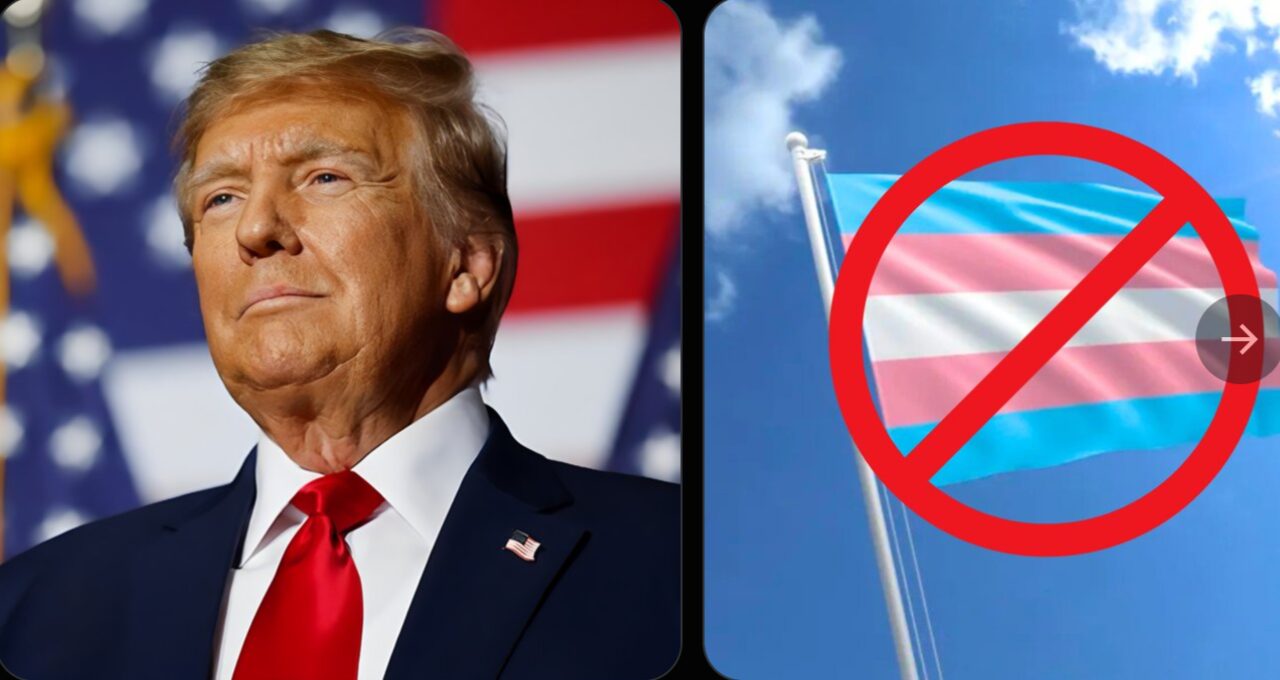


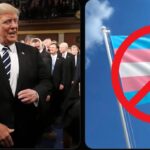
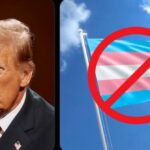


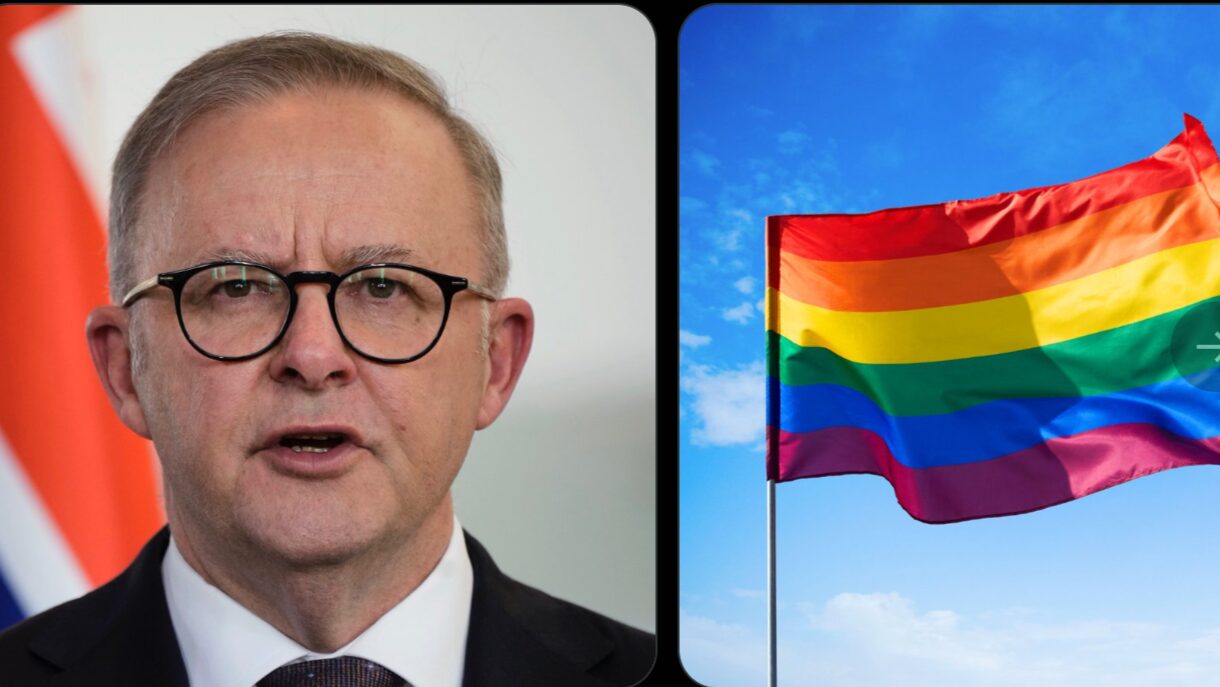
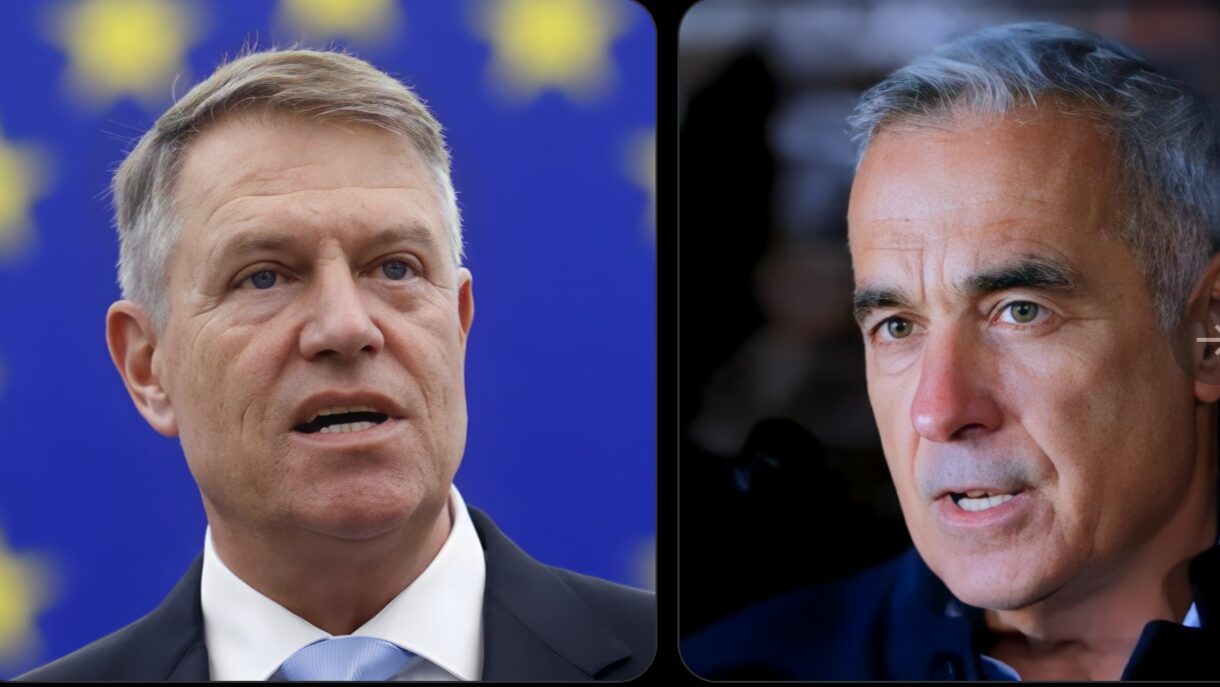
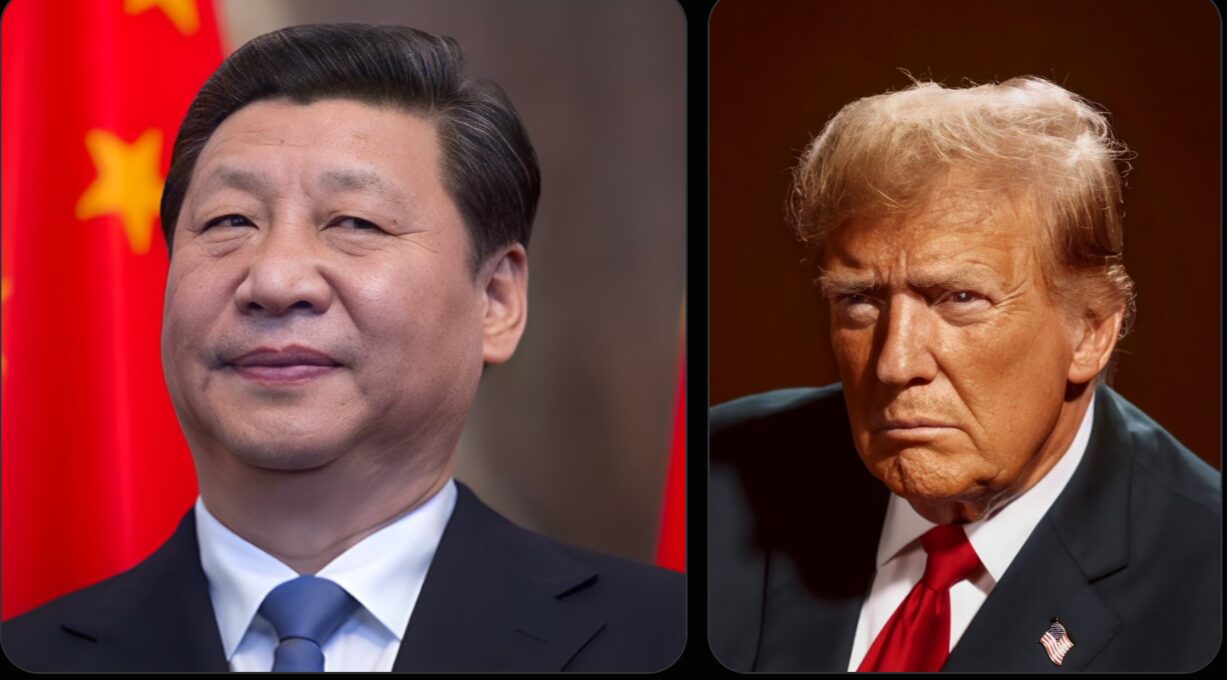







Post Comment